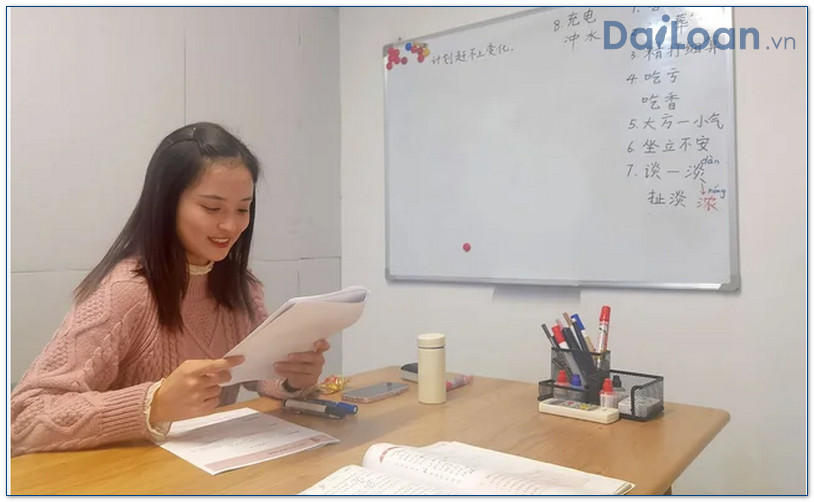In the realm of the Chinese language, the term 五官 (wǔ guān) holds significant meaning. For those looking to deepen their understanding of Chinese, especially in relation to anatomy and linguistics, this article delves into the meaning, grammatical structure, and practical usage of this term. Whether you’re a beginner or an advanced learner, mastering such vocabulary is essential for fluency.
What Does 五官 (wǔ guān) Mean?
Literally translated, 五官 (wǔ guān) means “five senses” or “five organs” in the context of facial features. The term comprises two characters:
- 五 (wǔ): meaning “five”
- 官 (guān): meaning “organs” or “senses”
In traditional Chinese culture, the concept of 五官 commonly refers to the five major facial features that include:
- Eyes (眼睛 – yǎnjīng)
- Nose (鼻子 – bízi)
- Mouth (嘴巴 – zuǐbā)
- Ears (耳朵 – ěrduo)
- Face (脸 – liǎn)
Each of these features plays a crucial role in non-verbal communication and personal identity across cultures.
Grammatical Structure of 五官
Understanding the grammatical structure of 五官 (wǔ guān) requires familiarity with the basic rules of Chinese grammar. Here’s a breakdown:
1. Noun Usage
In Chinese, 五官 functions primarily as a noun. It can be used in both singular and plural contexts, as Chinese does not differentiate between singular and plural forms like English does.
2. Sentence Structure
Typically, nouns in Chinese are used within a Subject-Verb-Object (SVO) structure, similar to English. For example:
- 我喜欢她的五官。 (Wǒ xǐhuān tā de wǔ guān.) – “I like her facial features.”
3. Modifiers and Descriptors
When using 五官 within a sentence, modifiers such as adjectives or adverbs can precede the noun. For instance:
- 漂亮的五官
 (piàoliang de wǔ guān) – “beautiful facial features”
(piàoliang de wǔ guān) – “beautiful facial features”
Example Sentences Using 五官
Now that we have a clear understanding of the term’s meaning and grammatical structure, let’s explore some practical example sentences that highlight its usage.
1. Describing Characteristics
- 她的五官非常精致。 (Tā de wǔ guān fēicháng jīngzhì.) – “Her facial features are very delicate.”
2. Expressing Preference
- 我最喜欢他的五官。 (Wǒ zuì xǐhuān tā de wǔ guān.) – “I like his facial features the most.”
3. Observational Sentences
- 这个孩子的五官长得很像她的妈妈。 (Zhège háizi de wǔ guān zhǎng de hěn xiàng tā de māmā.) – “This child’s facial features look a lot like her mother’s.”
4. Cultural Expressions
- 在中国文化中,五官被认为十分重要。 (Zài Zhōngguó wénhuà zhōng, wǔ guān bèi rènwéi shífēn zhòngyào.) – “In Chinese culture, facial features are considered very important.”
Conclusion
Mastering the term  五官 (wǔ guān) not only enriches your Chinese vocabulary but also enhances your understanding of cultural significance related to appearances. As you incorporate this term into your language practice, remember the various sentence structures and contexts in which it can be utilized. Happy learning!
五官 (wǔ guān) not only enriches your Chinese vocabulary but also enhances your understanding of cultural significance related to appearances. As you incorporate this term into your language practice, remember the various sentence structures and contexts in which it can be utilized. Happy learning!

Sứ mệnh của Chuyên là giúp đỡ và truyền cảm hứng cho các bạn trẻ Việt Nam sang Đài Loan học tập, sinh sống và làm việc. Là cầu nối để lan tỏa giá trị tinh hoa nguồn nhân lực Việt Nam đến với Đài Loan và trên toàn cầu.
CÓ THỂ BẠN QUAN TÂM
Du học Đài Loan
Lao Động Đài Loan
Việc Làm Đài Loan
Đơn Hàng Đài Loan
Visa Đài Loan
Du Lịch Đài Loan
Tiếng Đài Loan
KẾT NỐI VỚI CHUYÊN
Zalo: https://zalo.me/0936126566
Website: www.dailoan.vn




